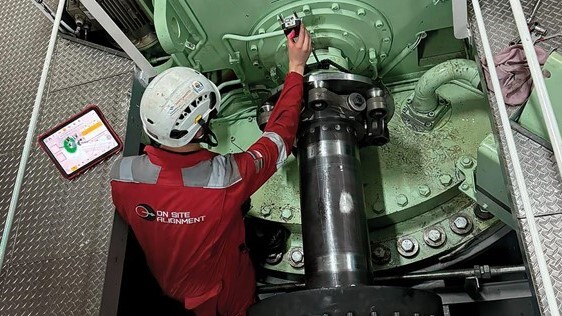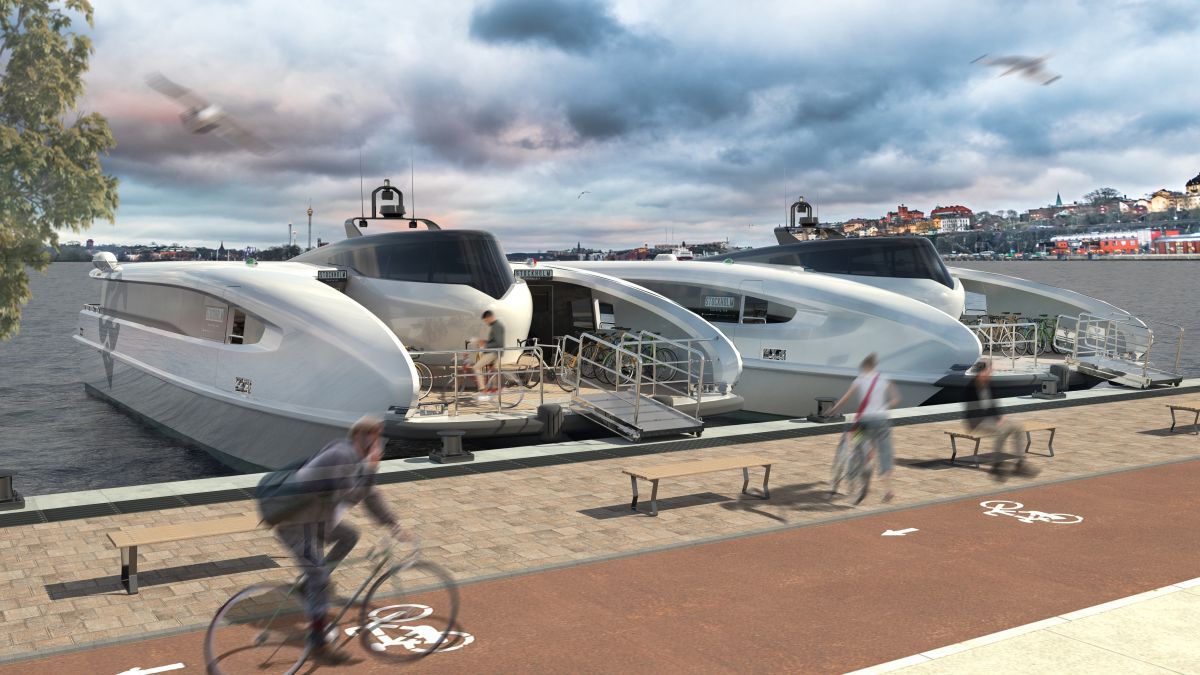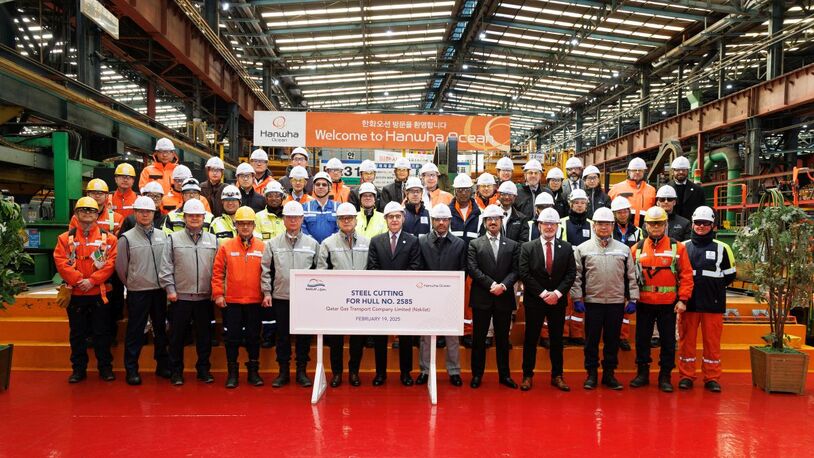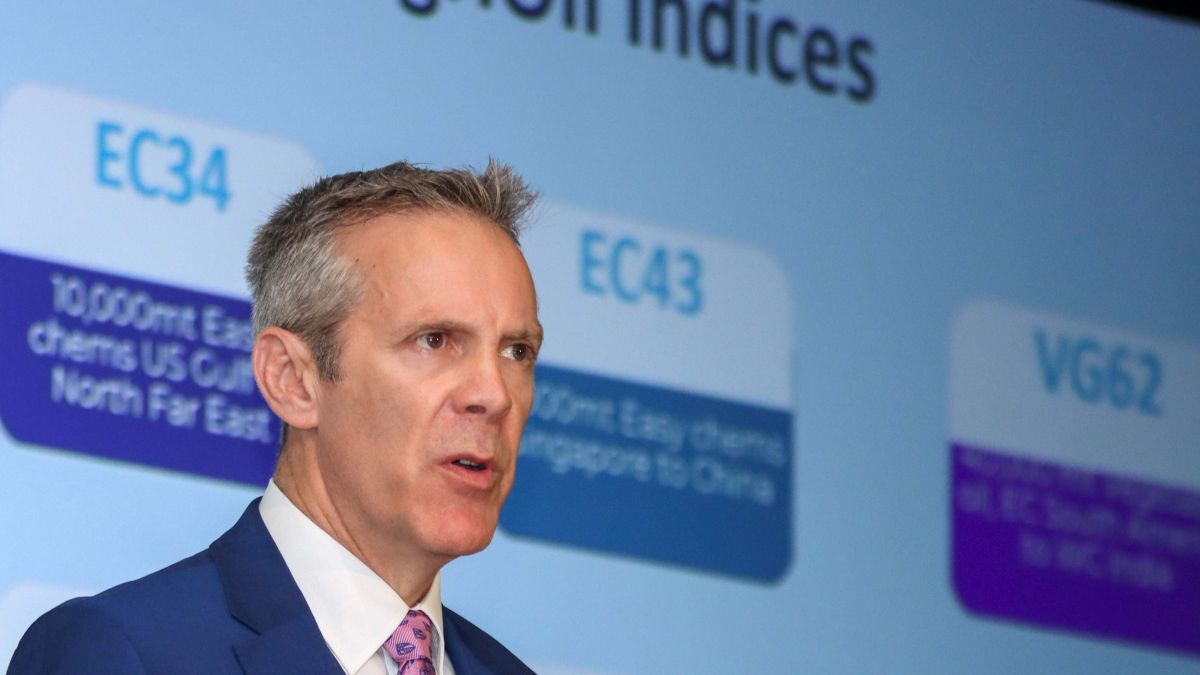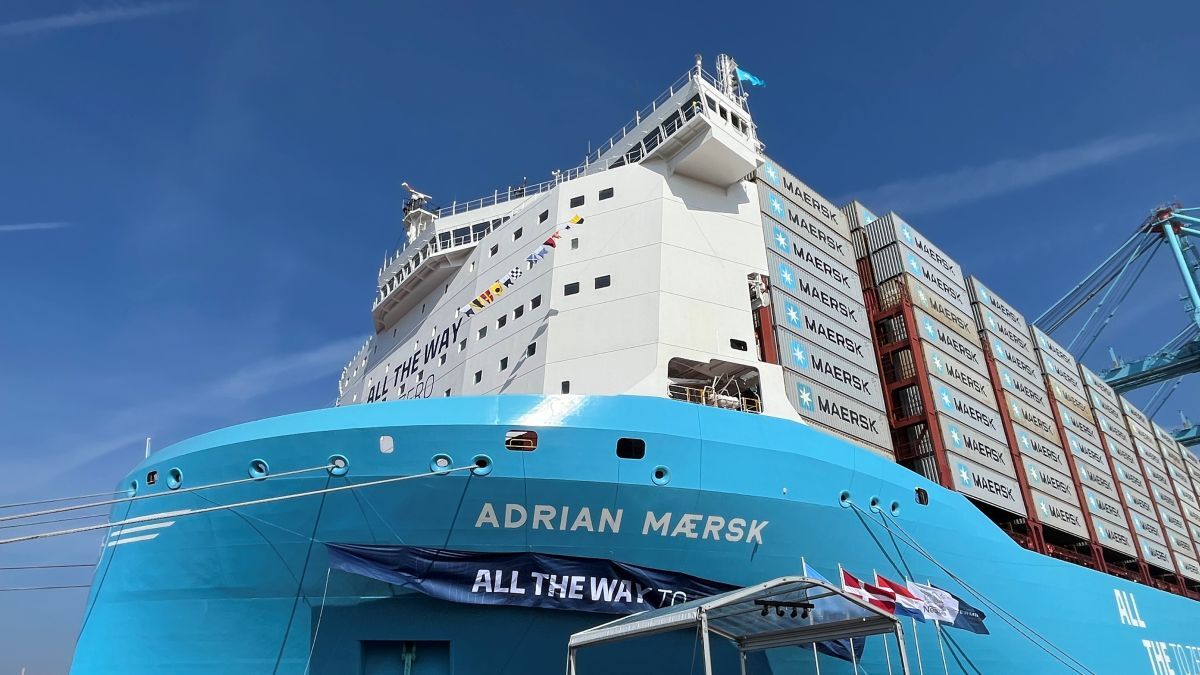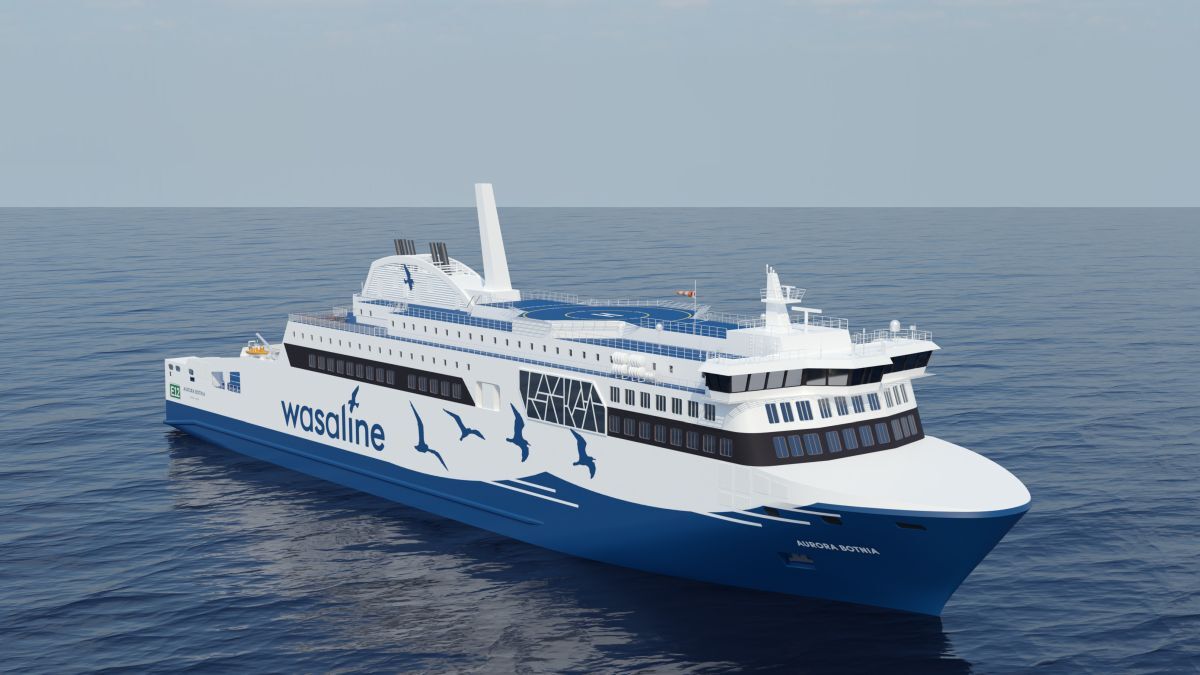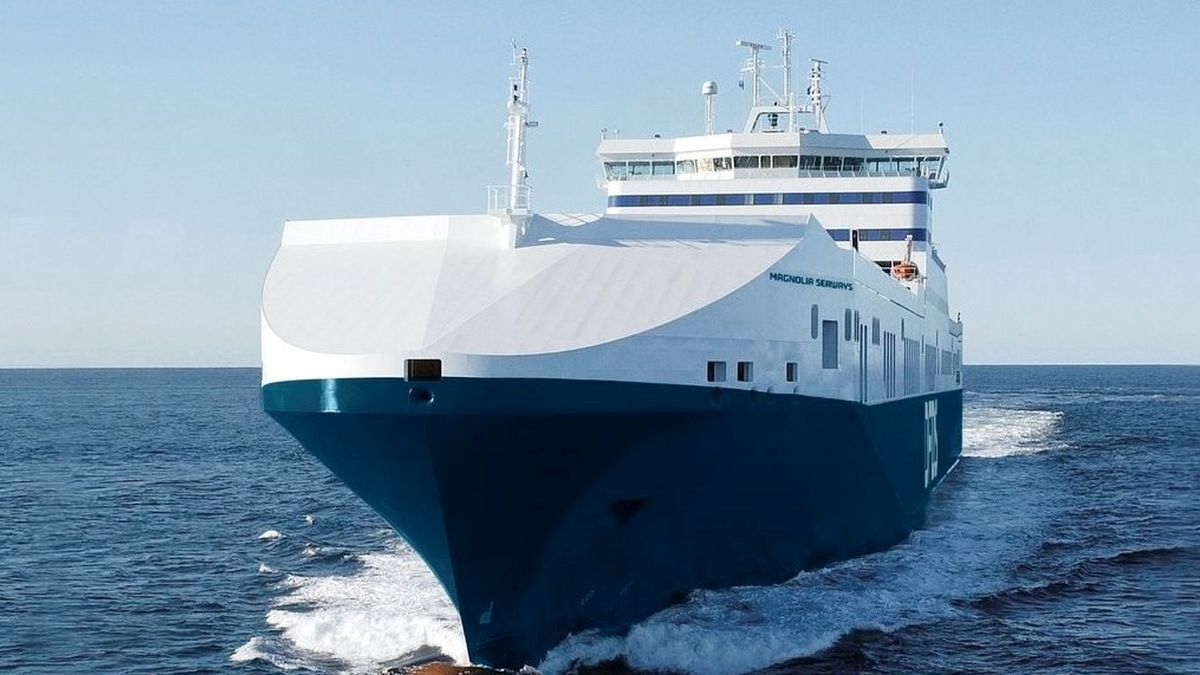Business Sectors
Events
Contents
Register to read more articles.
Green City Ferries’ high-speed craft to revolutionise commuter travel
Green City Ferries has developed a zero-emissions fast ferry for urban waterways
A zero-emissions commuter fast ferry that can run on either batteries or hydrogen is being developed by Green City Ferries.
The ferry is being specifically built and designed for commuters on urban waterways and will use hydro-foil technology. There will be capacity for up to 150 passengers and 30 cycles.
Green City Ferries is a systems integrator that provides vessels with emissions-free drivelines, infrastructure for battery and hydrogen and long-term financing. It has teamed up with other companies to design and construct BELUGA 24. It plans to sell or charter out the ferries and the first will be delivered in 2023.
Green City Ferries has partnered with Teknicraft, New Zealand and Sculli Design studios, Italy to develop the passenger ferry. It has also joined forces with Echandia, who will provide the energy systems – batteries or fuel cells.
Green City Ferries chairman Hans Thornell tells PST, “If the distance is less than 15 nautical miles, batteries are best, the cost of the energy is very cheap. But for a distance longer than 15 nautical miles, then we need hydrogen.”
He gave an example: if an operator wanted to deploy the vessel to commute in Stockholm, then batteries would be deployed. But if it was to be used in the larger archipelago around Stockholm, then hydrogen would be needed.
The vessel’s power supply comes either from LTO batteries or hydrogen fuel cells. Green City Ferries says high performance, short charging times and long life had been guidelines in supplier selection.
Mr Thornell explains, “
“We are working closely with Echandia, which develop LTO-based battery systems, which are becoming more common on ferries now. They have a superior lifetime and charge very quickly. Short charging times are important for a vessel in commuter traffic.”
He adds, “This type of battery has a higher level of safety than the normal battery type. They do not build up dendrites over time as normal batteries do, which creates a risk of short circuits.”
The fuel cells, also delivered by Echandia, is produced at their Canadian fuel-cell arm, V-dot.
The batteries – in two rooms – will have a power of 500 kWh, while for hydrogen, there will be two 500-kW stacks.
Green City Ferries will not only provide the vessels but the charging infrastructure as well. “We have containerised solutions, which charge from a container which has a charging station inside that is connected to a high voltage grid. Or we offer an electrolyser for hydrogen which connects to the grid and to water that hydrogen can be produced from. This is also a containerised solution,” Mr Thornell explains.
Highlighting the advantages of using containerised charging solutions, he says, “It is cheaper and easier to set up this infrastructure and it can also be moved – for example if a new ferry route is opened up.”
The company explained that BELUGA 24 is based on proven hydro-foil technology. A midship placed foil lifts the ship halfway out of the water at high speed, thereby reducing the water resistance significantly. This means less energy consumption and less wake wash.
Mr Thornell explains, “Hydrofoil technology has been used for 100 years, so it is nothing new. New Zealand leads the way in this technology, which is why are using Teknicraft. We don’t lift the whole vessel out, it is just halfway out, which is not so advanced, but we think we don’t need it, it is energy efficient enough. We call this ‘foil supported’. A foil-supported vessel, which is halfway out of the water means less water is moved aside as the vessel moves through the water, so there is less wake wash. The waves from the vessel will only reach a maximum 25 cm, which is important in urban areas. A very important benefit is there is less resistance.”
Compared with a conventional catamaran, he says a lightweight ferry using foil technology will use 50% less energy. Mr Thornell points out this is important as batteries and hydrogen are heavy weights. The ferry will also be constructed out of carbon fibre, which is 30% lighter than aluminium.
Mr Thornell says the biggest challenge is not the technology needed for high-speed zero-emissions commuter fast ferries, but “money and politics”.
“New commuter ferries are often connected to political decisions because commuter traffic in cities is the responsibility of the municipality or county, and they have to make decisions – these are amazingly difficult to come by and the question is, who is going to pay?
“It is, as Greta Thunberg says, ‘Why don’t you do something? You talk and talk and don’t do anything.’”
The need to provide zero-emissions ferries in Stockholm can be seen by latest figures: Mr Thornell says there are 62 commuter ferries, which account for only 3% of travel but make up 50% of emissions of all public transport.
He sums up, “What is important is to look at it not as a boat but part of a commuting system. We are addressing two market segments with our new ferry – the exchange of existing ferries and new routes. Where there is a lot of traffic congestion, a new route can be opened where people can take a ferry rather than drive a car, for instance. We have about 80 ferries in our prospects list and half of them are related to new routes.”
Hans Thornell (Green City Ferries)
Hans Thornell is a naval architect from Sweden and a Lieutenant Commander in the Swedish Navy. For most of his 40-year business career he has worked as an international management consultant. He is now back in shipping as the founder and chairman of Green City Ferries, which started its operations by buying the old ship Movitz and rebuilding it into the world’s first supercharged electric ferry in 2014. It is still operating as a 100-passenger commuter ferry in Stockholm and charges in 10 minutes. The next breakthrough was launching the air-supported BB Green prototype in 2016. The vessel is still the world’s fastest electric passenger ferry making 28 knots.
Sign up for the live Marine Air Pollution Conference, Europe 2021, in Amsterdam from 12-13 October 2021.
Related to this Story
Events
Maritime Environmental Protection Webinar Week
The illusion of safety: what we're getting wrong about crews, tech, and fatigue
Responsible Ship Recycling Forum 2025
© 2024 Riviera Maritime Media Ltd.

